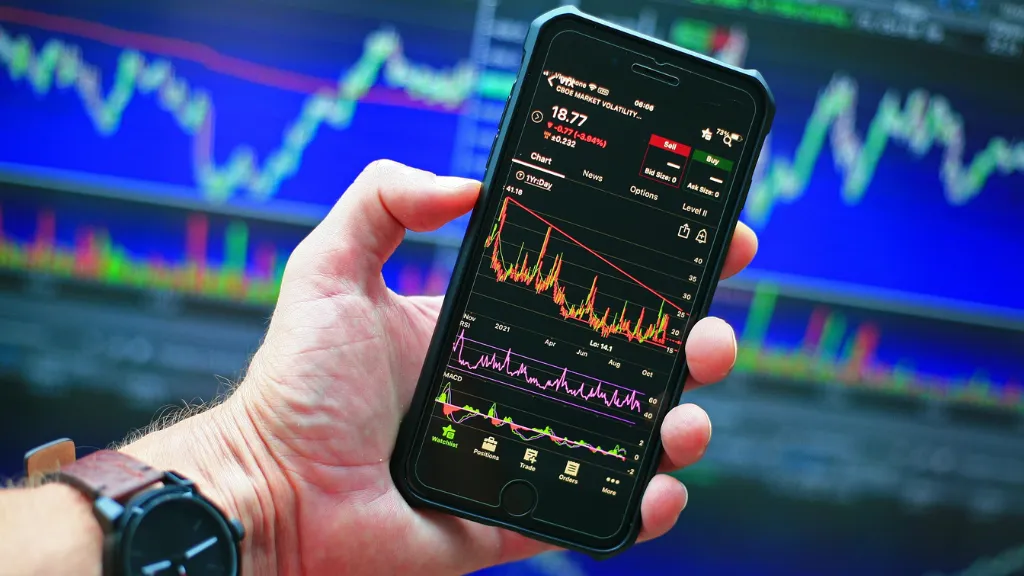
The US500 Future is a futures contract that tracks the performance of the S&P 500 Index, which is a benchmark of the overall performance of the US stock market. This contract is traded on the Chicago Mercantile Exchange (CME) and is one of the most actively traded futures contracts in the world. As an investor or trader, understanding the US500 Future can be beneficial in managing your portfolio and making informed investment decisions.
The US500 Future is a popular trading instrument among institutional and retail investors due to its high liquidity and leverage. It allows traders to gain exposure to the broader market without having to purchase individual stocks. Additionally, the US500 Future is used as a hedging tool by investors who want to protect their portfolios from potential market downturns.
In this article, I will provide an overview of the US500 Future, including its history, characteristics, and how it is traded. I will also discuss the factors that influence its price movements and the risks associated with trading this contract. Whether you are a seasoned trader or a beginner, this article will provide you with valuable insights into the US500 Future and how it can be used to enhance your investment strategy.
Understanding the US500 Future
Definition and Overview
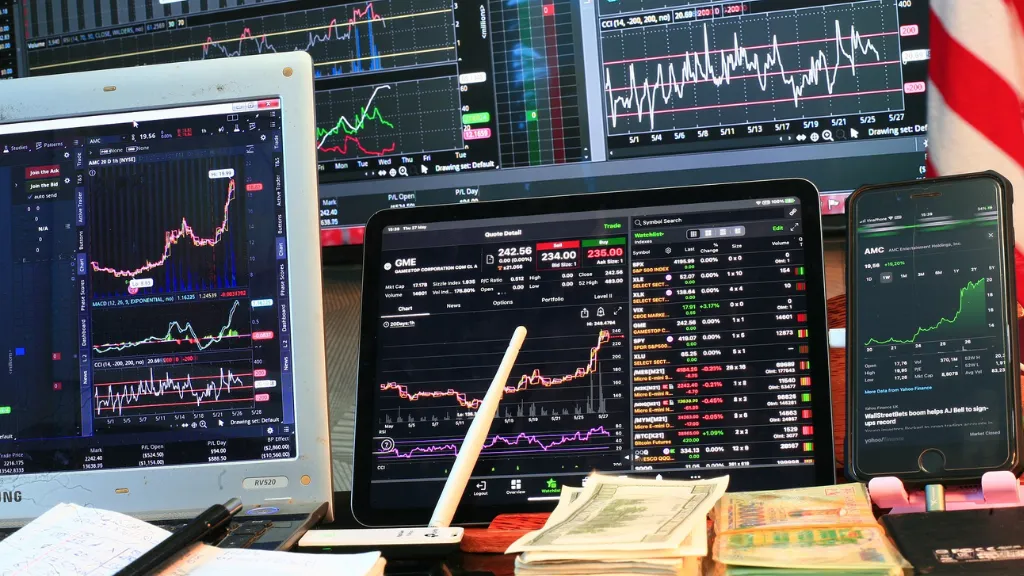
As a trader, I have come across the US500 Future, which is a futures contract based on the Standard & Poor’s 500 Index. This index includes the 500 largest publicly traded companies in the United States, making it a popular index for investors and traders alike. The US500 Future is traded on the Chicago Mercantile Exchange (CME), and it allows traders to speculate on the future direction of the S&P 500 index.
The US500 Future is a cash-settled contract, which means that there is no physical delivery of the underlying asset. Instead, the contract is settled in cash on the expiration date. The contract size for the US500 Future is $50 times the current value of the S&P 500 index.
Historical Performance
Looking at the historical performance of the US500 Future, we can see that it has been a popular instrument among traders. The US500 Future has been around since the 1980s, and it has seen significant growth in trading volume over the years.
One of the advantages of trading the US500 Future is that it allows traders to take a position on the overall direction of the US stock market. This can be useful for traders who want exposure to the US stock market but don’t want to invest in individual stocks.
However, it’s important to note that the US500 Future is a leveraged instrument, which means that traders can magnify their gains and losses. Traders should be aware of the risks involved and have a solid trading plan in place before entering into any positions.
In conclusion, the US500 Future is a popular futures contract that allows traders to speculate on the future direction of the S&P 500 index. Traders should be aware of the risks involved and have a solid trading plan in place before entering into any positions.
Components of the US500 Index

As an investor, it is important to understand the components of the US500 Index. The US500 Index, also known as the S&P 500, is a market-capitalization-weighted index of the 500 largest publicly traded companies in the United States.
Top Constituents
The top constituents of the US500 Index are some of the largest and most well-known companies in the world. As of the current date, the top five constituents of the US500 Index are:
- Apple Inc. (AAPL)
- Microsoft Corporation (MSFT)
- Amazon.com Inc. (AMZN)
- Facebook Inc. (FB)
- Alphabet Inc. (GOOGL)
These five companies alone make up over 20% of the total weight of the US500 Index. It is important to note that the constituents of the US500 Index are subject to change over time, as companies may grow or shrink in size.
Sector Allocation
The US500 Index is also divided into sectors, which can help investors understand the composition of the index. The current sector allocation of the US500 Index is as follows:
- Information Technology: 26.2%
- Health Care: 14.9%
- Consumer Discretionary: 12.9%
- Communication Services: 10.9%
- Financials: 10.1%
- Consumer Staples: 6.6%
- Industrials: 6.6%
- Energy: 2.9%
- Utilities: 2.8%
- Real Estate: 2.0%
- Materials: 1.1%
It is important to keep in mind that the sector allocation of the US500 Index can also change over time, as the relative size and performance of different sectors evolves.
In summary, understanding the components of the US500 Index and its sector allocation can be helpful for investors looking to gain exposure to the US stock market. By knowing which companies and sectors are represented in the index, investors can make informed decisions about their investment portfolios.
Trading US500 Futures

As a trader, I find US500 futures to be an attractive instrument for trading. In this section, I will provide an overview of futures contracts and discuss strategies for trading US500 futures.
Futures Contracts Explained
A futures agreement constitutes a standardized contract to purchase or sell an underlying asset at a prearranged price and date set for the future. The US500 futures contract tracks the performance of the S&P 500 index, which is a widely followed benchmark of the US stock market.
One of the benefits of trading US500 futures is the ability to gain exposure to the stock market with a relatively small amount of capital. Futures contracts are leveraged instruments, which means that traders can control a large amount of the underlying asset with a small margin deposit. However, this also means that futures trading can be risky and traders should be aware of the potential for significant losses.
Another advantage of trading US500 futures is the ability to trade both long and short positions. This means that traders can profit from both upward and downward movements in the market.
Strategies for Trading
There are several strategies that traders can use when trading US500 futures. One popular strategy is trend following, which involves identifying the direction of the market trend and taking positions in the same direction. One approach involves utilizing technical analysis tools like moving averages and trend lines.
Another strategy is mean reversion, which involves identifying overbought or oversold market conditions and taking positions in the opposite direction. This can be done using indicators such as the Relative Strength Index (RSI) or the Stochastic Oscillator.
Traders can also use a combination of these strategies or develop their own unique approach to trading US500 futures.
When trading US500 futures, it is important to have a solid understanding of the market and to have a well-defined trading plan. Traders should also use risk management techniques such as stop-loss orders to limit potential losses.
Overall, trading US500 futures can be a rewarding and exciting experience for traders who are willing to put in the time and effort to develop their skills and strategies. By staying informed and disciplined, traders can take advantage of the opportunities presented by this dynamic market.
Investment Products
Vanguard US 500 Stock Index Fund

As an investor looking to invest in the US500 futures, one investment product worth considering is the Vanguard US 500 Stock Index Fund. This fund is designed to track the performance of the S&P 500 Index, which is a benchmark index that represents the performance of the US equity market. By investing in this fund, investors gain exposure to a diversified portfolio of large-cap US stocks, which can help to reduce the risk of investing in individual stocks.
The Vanguard US 500 Stock Index Fund is a passive investment product, meaning that it aims to replicate the performance of the index it tracks, rather than trying to outperform it. This approach can help to keep costs low, as there is no need for active management or research. As a result, this fund has a relatively low expense ratio, which can be attractive to investors looking to minimize costs.
ETFs and Mutual Funds
In addition to the Vanguard US 500 Stock Index Fund, there are other investment products that investors can use to gain exposure to the US500 futures. Two commonly chosen alternatives include exchange-traded funds (ETFs) and mutual funds.
ETFs are similar to index funds, in that they aim to track the performance of an underlying index. However, unlike index funds, ETFs trade on an exchange like a stock, which means that they can be bought and sold throughout the trading day. This offers investors enhanced flexibility and improved liquidity options.
Mutual funds, on the other hand, are pooled investment vehicles that are managed by professional fund managers. These funds can invest in a variety of assets, including stocks, bonds, and other securities. By investing in a mutual fund that has exposure to the US500 futures, investors can gain exposure to a diversified portfolio of stocks, without having to select individual stocks themselves.
Overall, there are a variety of investment products available to investors looking to gain exposure to the US500 futures. By considering the options available, investors can select the product that best meets their individual needs and investment objectives.
Analyzing US500 Price Movements
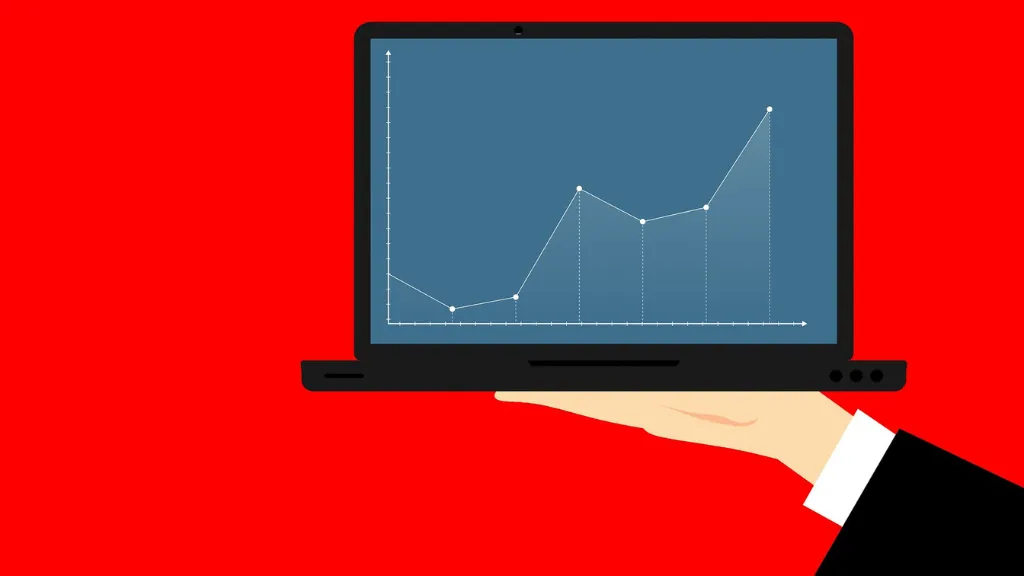
As a financial analyst, I closely monitor the movements of the US500 price, also known as the US500 share price. In this section, I will provide an analysis of the price movements of the US500, using both technical and fundamental analysis.
Technical Analysis
Technical analysis involves the use of charts and other tools to analyze past market data and identify patterns that can be used to predict future price movements. In the case of the US500, I have observed that the price tends to follow a general upward trend over the long term, with occasional dips and corrections along the way.
One tool that I use to analyze the US500 price movements is the Moving Average Convergence Divergence (MACD) indicator. This indicator helps to identify trends and momentum in the market, and can be used to signal buy or sell opportunities. Additionally, I also use support and resistance levels to identify key levels where the price is likely to bounce or break through.
Fundamental Analysis
Fundamental analysis involves the analysis of economic and financial data to determine the intrinsic value of a security. In the case of the US500, I analyze factors such as GDP growth, interest rates, inflation, and corporate earnings to determine the fair value of the index.
One key factor that affects the US500 price is corporate earnings. When companies report strong earnings, it often leads to an increase in the index price. Another factor that affects the price is interest rates. When interest rates are low, investors are more likely to invest in stocks, which can drive up the price of the index.
In conclusion, analyzing the US500 price movements requires a combination of technical and fundamental analysis. By using tools such as the MACD indicator and support and resistance levels, as well as analyzing economic and financial data, I am able to make informed predictions about the future movements of the US500 price.
Economic Indicators and the US500
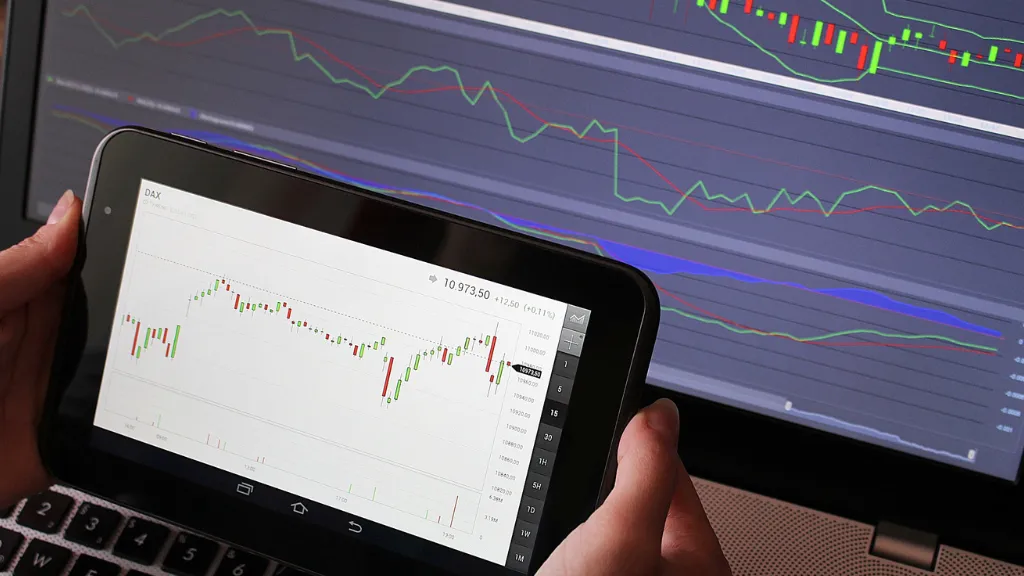
As a trader, I keep a close eye on economic indicators that can impact the US500. Two of the most important indicators are interest rates and employment data.
Interest Rates
Changes in interest rates can have a significant impact on the US500. When interest rates are lowered, it can stimulate economic growth and increase consumer spending, which can lead to higher stock prices. On the other hand, when interest rates are raised, it can slow down economic growth and cause stock prices to fall.
The Federal Reserve is responsible for setting interest rates in the US, and their decisions are closely watched by traders. As a trader, I pay attention to the statements and press conferences from the Federal Reserve to get a sense of their outlook on the economy and interest rates.
Employment Data
Employment data is another important economic indicator that can impact the US500. When unemployment is low and job growth is strong, it can lead to increased consumer spending and a stronger economy, which can drive stock prices higher. On the other hand, when job growth is weak and unemployment is high, it can lead to a weaker economy and lower stock prices.
As a trader, I closely monitor the monthly jobs report from the Bureau of Labor Statistics. This report provides data on job growth, unemployment, and wage growth, which can give me insight into the health of the economy and potential market movements.
Overall, keeping an eye on economic indicators like interest rates and employment data can help me make informed trading decisions when it comes to the US500 cash.
Risks and Considerations
Market Volatility

As a trader in the US 500 stock index futures market, I must be aware of the potential for market volatility. The value of the index can be affected by a wide range of factors, such as changes in economic data, geopolitical events, and company earnings reports. These factors can cause sudden and significant price movements in the market, which can lead to both profits and losses.
To mitigate the risk of market volatility, I can consider using stop-loss orders to automatically close out my positions if the market moves against me. Additionally, I can monitor economic and political news and events to stay informed about potential market-moving developments.
Leverage and Margin
Another important consideration when trading US 500 futures is the use of leverage and margin. Leverage allows me to control a large position in the market with a relatively small amount of capital. However, it also means that losses can be magnified if the market moves against me.
To manage the risk of leverage, I must ensure that I have sufficient margin in my trading account to cover potential losses. I should also be aware of the margin requirements for my broker and the exchange, as these can change based on market conditions.
Conclusion
In conclusion, trading US500 Future can be a lucrative opportunity for traders, but it is important to be aware of the risks and considerations involved.
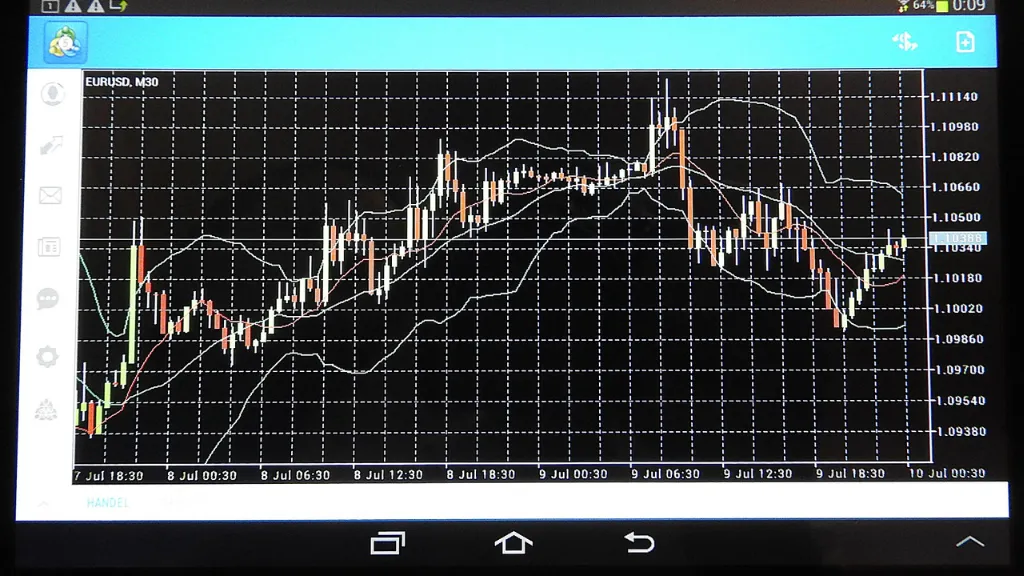
By staying informed about market volatility and managing leverage and margin effectively, I can maximize my chances of success in this exciting market. Read this article too: HDMI Moduator: What It Is and How It Works.

One Response